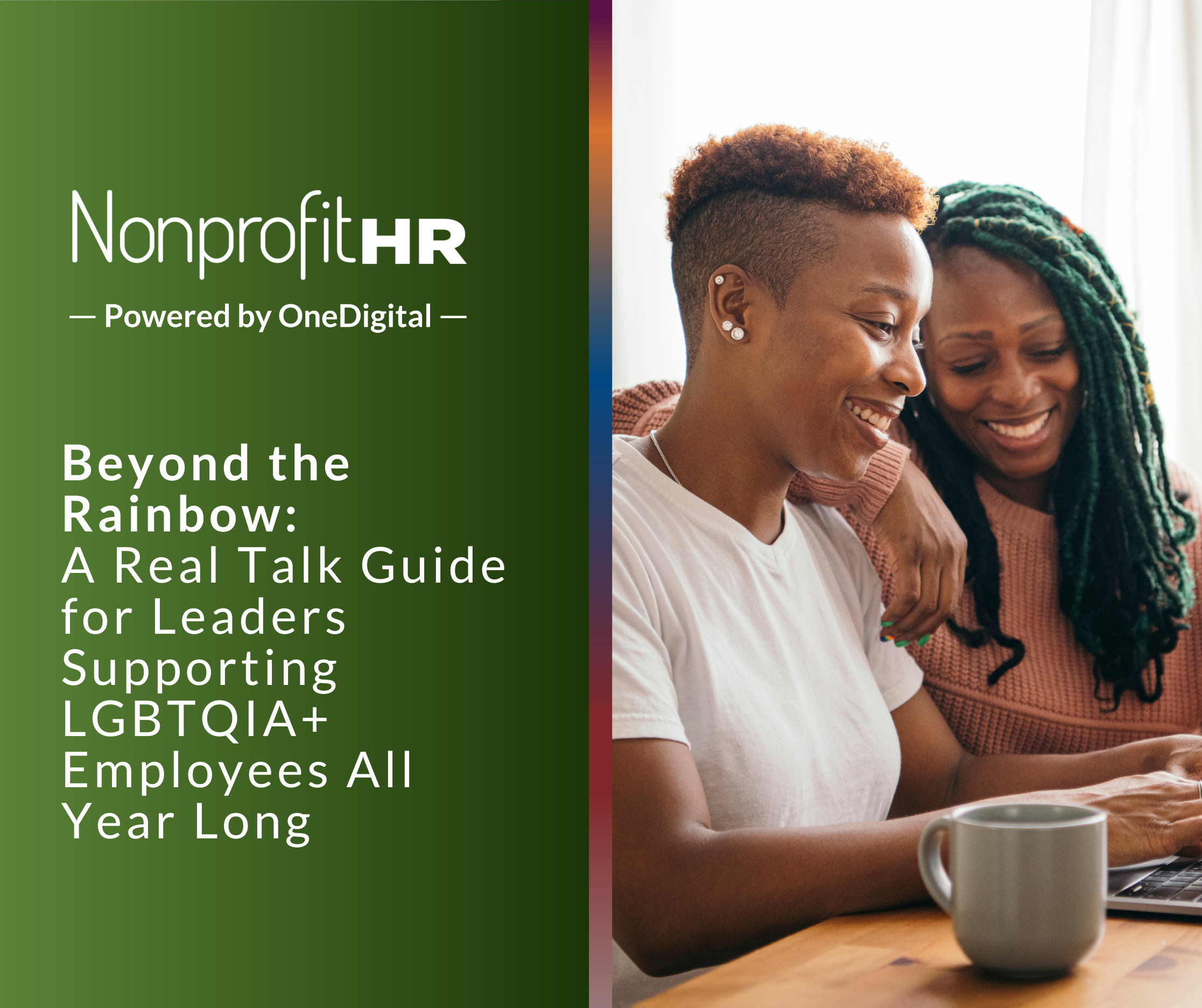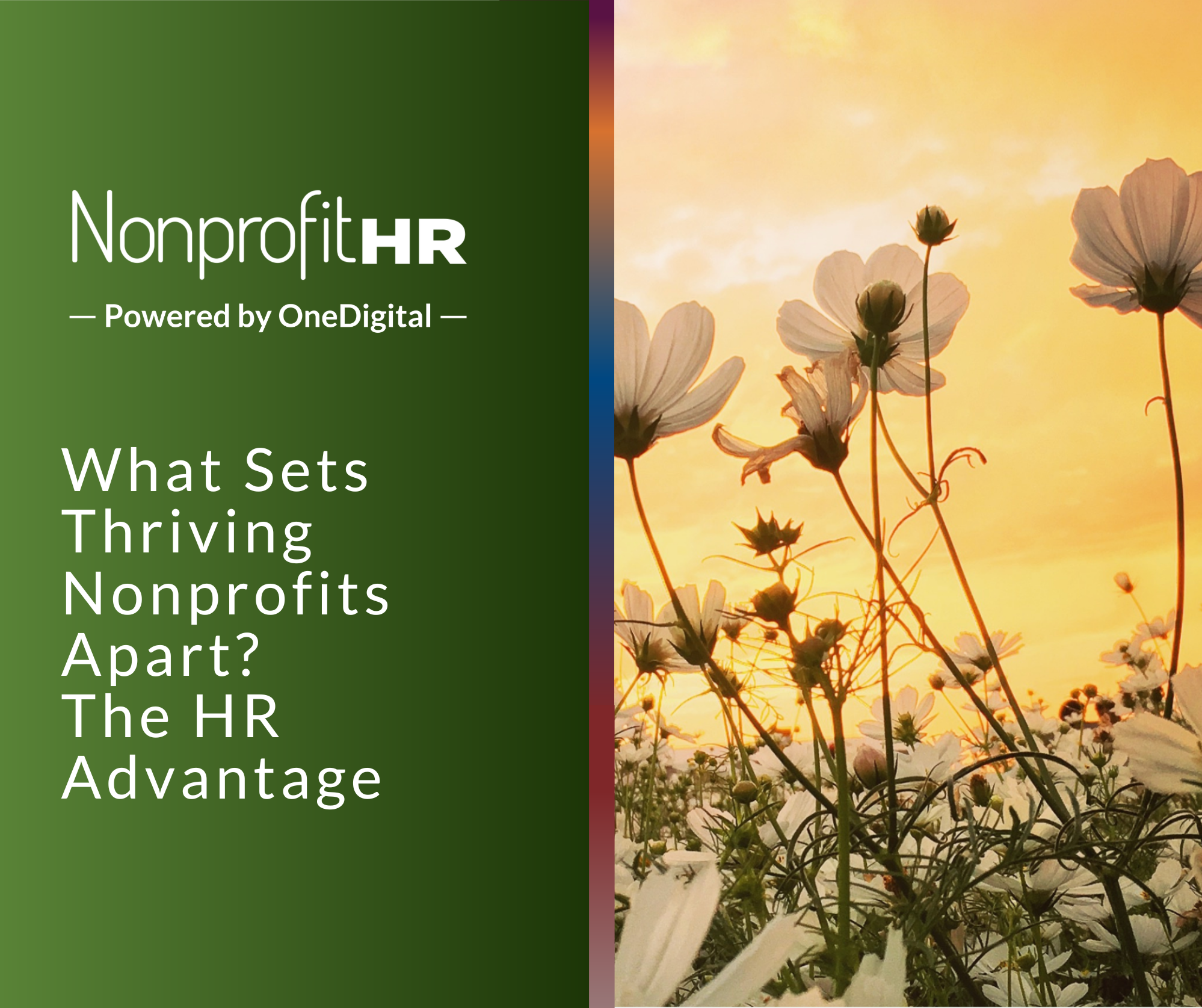WTOP: 5 ways nonprofits can…
Nobody yet knows how severe this year’s epidemic of influenza will be. The 2012-2013 flu season is eclipsing any of the previous six seasons, and it’s still very early. Yet, the evidence that this one will be bad is mounting: in New York, where twenty children have already died, Governor Cuomo has declared a public-health emergency. The virus has already spread widely throughout the country and it’s not peaked yet.
The workplace is one of the best areas for the flu to find new victims. It is well known that the typical computer keyboard holds lots of nastiness. So HR finds itself on the frontline in the annual fight against influenza. Here is what it can do.
- Push Employees to get the Flu Shot Michael Spector is a fan and you should be too. “When it comes to influenza, most people are denialists. So far, fewer than 40 percent of Americans (adults and children) have been vaccinated against this flu, according to the Centers for Disease Control. The vaccine is far from perfect: preliminary data suggests that it will work at most two-thirds of the time. Still, influenza kills as many as forty-five thousand Americans a year and the vaccine reduces deaths, illnesses, the use of antibiotics, and the number of hospital visits. Even if you think you are invincible, your elderly neighbors and infant children are not. People with weakened immune systems–those undergoing cancer treatments, for example–are not. Your parents and grandparents are not. The flu vaccine is not perfect, but it’s what we have.”Each year the Centers for Disease Control and Prevention makes flu season kits available to employers, which cites a 2007 study that found flu costs businesses $10.4 billion in direct costs for hospitalizations and outpatient visits for adults. The kit also provides businesses with signage, advice on keeping workers safe from infection and tips on hosting a flu vaccine clinic. One printable poster even shows employees how to properly cover their cough in the workplace.Employers can set-up to provide staff shots through coordination with their benefits broker. It’s also available at drug-store chains and malls, big-box superstores and, naturally, at your doctor’s office. There are also great independent organizations like Flu Shots to Go that can provide the flu shot service.
- Keep Ill Employees Away from the Office Americans are well known for working long hours and through sickness, weekends and holidays (voluntarily or not). With the country coming through a recession many staffs are also overworked and feel they cannot be away from the office or they will get behind (or replaced). Workplaces need to address their culture and insist that sick employees stay home. Employees should also be persuaded to stay home if their children are ill incase the employee has no symptoms but is a carrier. Some employers insist on doctor’s notes to excuse absences. In situations like the one we are seeing with the flu, it is advised that this process be waived to help foster a healthy workplace – staff don’t need to see a doctor for the flu unless a high fever is present.
- Promote a Clean Workplace Most people know to wash their hands and cough into their sleeve, but these things should be gently reminded to employees. HR can also promote a tidy workplace period and ask employees to clean their desk area with an emphasis on phones and keyboards. Hand sanitizer is cheap – get some for the office.
There are of course other ways to help, but the above is a great place to start. And always remember, keep it loose and informal. Mean HR departments are rarely successful.





























